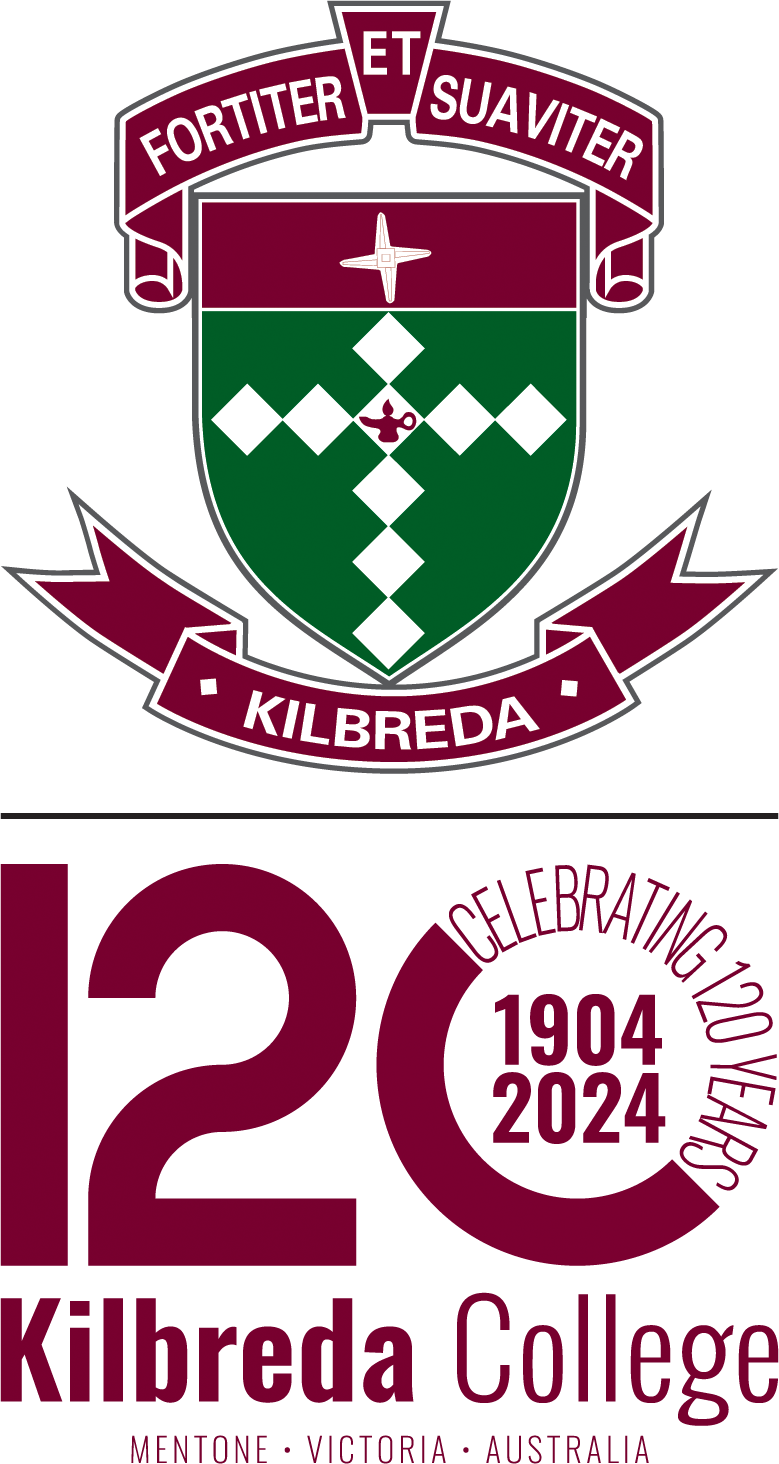Humanities
This term has seen our Year 7 students of History and Year 9 students of Geography, out and about with the Humanities teachers immersing themselves in First Nations exhibitions at the Melbourne Museum and expanding their field work skills and content knowledge at Braeside Park.
It is no small effort to move so many students around urban and parkland areas and the students are to be commended on the way in which they conducted themselves.
The Melbourne Museum learning opportunities had been a regular pre-pandemic activity and it was fantastic to once again be able to engage with the artefacts and exhibits which support our knowledge of our First Nations people.
The Year 9 Field Trip Day was the first of its kind and gave our Geography students the opportunity to consolidate skills learned the previous year at Mordialloc Foreshore. Students worked with a Parks Victoria Ranger and their Humanities teachers, who guided them through field sketching and the measurement and analysis of water samples in this biome.
For many students, it was their first visit to these places and by all reports they were greatly engaged in the learning activities. Many thanks to the team of teachers who supported these opportunities.
Carolyn Callaghan
Learning Leader: Humanities
Year 9 Fieldtrip to Braeside Park
To further indulge in our Geography unit on biomes, all Year 9 students were granted the opportunity to embark on a field trip to Melbourne’s own Braeside Park. Throughout the course of the day, we experienced various interesting and exciting activities such as the talk from knowledgeable park ranger, Adrian Howard, who enlightened us on the history and environmental structure of the park. We also walked around the park and explored the nature which surrounded us, sketched and mapped specific areas within the park in our fieldwork booklets and had time to enjoy our lunch at the recreational locations within Braeside Park.
Taking part in this field trip improved our learning significantly as we learnt more about biomes, human impacts on the environment, early Indigenous Australian’s use of the land, native and unnatural vegetation, wildlife that resides within Braeside Park and much more! In conclusion, our day at Braeside Park was enjoyable and pleasant and the Year 9 cohort is grateful for this experience.
Angelina Delvecchio
Year 9

Year 7 Melbourne Museum History Excursion
In Week 7, Term 3, Year 7 students visited the Melbourne Museum to learn about Australia’s past. With lots of interesting facts and showcases on offer, we were able to gain deeper insight into the life and history of Australia.
We explored and learnt about four different sections of the museum. These areas were The Melbourne Story, the Native Garden, First Nation’s People and Bugs Alive. In The Melbourne Story, there were many figures and primary sources of that time, including life-sized structures such as houses and sheds, which displayed how people went about their daily lives back in the day. Some of the primary sources included Phar Lap, a worldwide famous racehorse who won 37 races. We were able to see the original seating arrangement and setting of a cinema and the ‘Big Dipper’ carriage from Luna Park.
In the Native Garden, we discovered many different species of plants and an example of a secondary source of rock art. Some of the native plants of this area had indigenous Australian names and highlighted what they were used for. E.g., the Djiel-Warg-Austral Mulberry, which was used to make fires using the stem of that plant. There was also a sculpture of the ‘Rainbow Serpent’, a creation myth from the dreamtime. In the apology to the stolen generation from the Prime Minister at the time, Kevin Rudd, a Blackwood Wattle was planted to commemorate those who experienced the event.
In the First Nation’s People section, there were many tools, materials, artifacts and instruments representing the history, traditions and rituals that they practised at that time. We looked at many secondary sources such as paintings and tools. Some of the objects and activities were hands-on for children and adults to interact and experience the use of the tools. We also examined the possum skin cloaks that had many stories on them, which have been passed down throughout the culture. There were symbols such as home and meeting places on them.
The Museum excursion helped us learn about different sources, both primary and secondary. Many of the students thoroughly enjoyed this experience, as it was thrilling to see, learn and discover all of the amazing historical events.
Indigo Macdonald and Amy Chapman
Year 7




